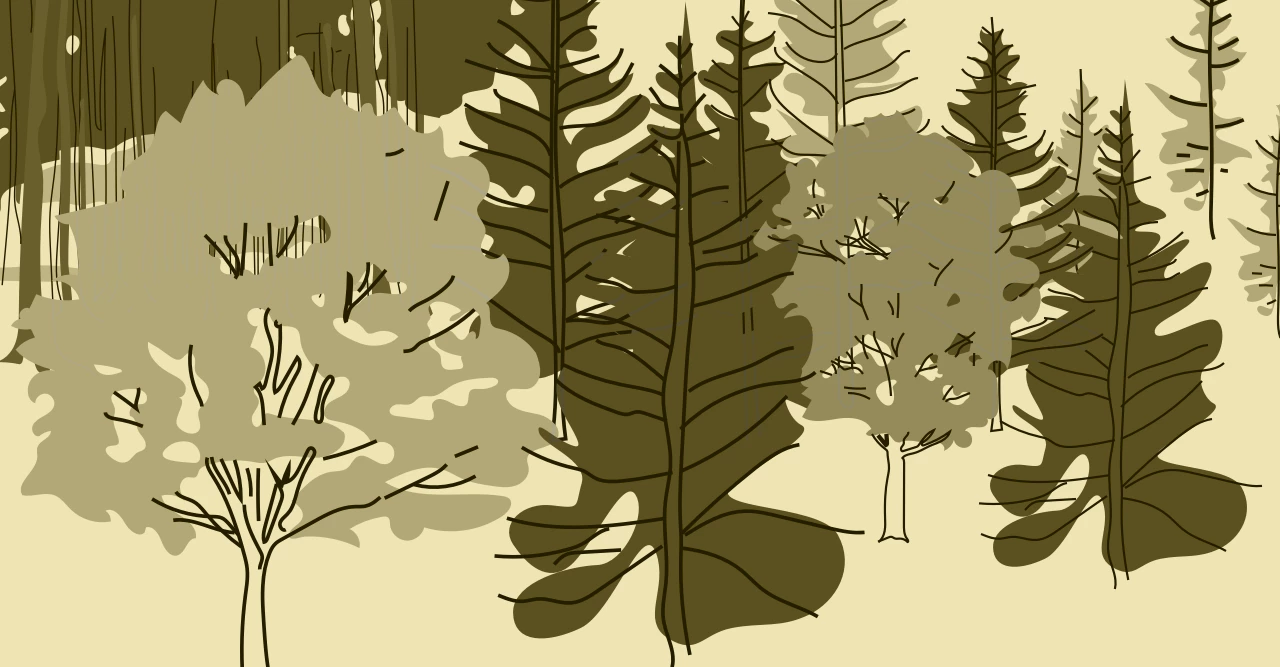Protecting old-growth forests in Europe
A review of scientific evidence to inform policy implementation

This study reviews scientific literature on old-growth forests in Europe. It explores how old-growth forests are defined, where they exist, and approaches to their protection, management, and restoration. It also examines the benefits, potential trade-offs, and policy implications linked to conserving and enhancing old-growth forest attributes.
Introduction, objectives, and methods Primary and old-growth forests in the EU are extremely rare and threatened, yet play an irreplaceable role in biodiversity conservation and the provision of other ecosystem services such as carbon storage. Recognising this, the EU Biodiversity Strategy for 2030 sets the target to strictly protect all remaining primary and old-growth forests. This target is part of a wider goal to protect 30% of EU land and to dedicate 10% of EU land for strict protection. Strict protection of the remaining EU primary and old-growth forests is a first and crucial step to ensure their long-term conservation. Despite the importance of this target, its implementation is currently prevented by several unanswered questions that require discussion among science and policy experts. This includes, for example, the question of how old-growth forest should be defined and where remaining primary and old-growth forests are located. In addition, there are ongoing discussions of how to best support strict protection of primary and old growth forests and how to maintain and restore biodiversity, for example by preserving and allowing old-growth attributes to develop in forests that are managed for purposes other than conservation. This study specifically focuses on old-growth forests, given the increasing debate around this type of forest in Europe and their importance for forest biodiversity, but also includes information that is relevant for primary forests in a wider sense. The objective of this study is to inform discussions surrounding the implementation of the EU Biodiversity Strategy for 2030 target to strictly protect primary and old-growth forests. The methods of this study included a review of scientific literature on (i) Defining old-growth forests, (ii) Evidence of old and old-growth forests in Europe; (iii) Approaches to protect old-growth forests and to maintain and develop old-growth attributes, (iv) Associated benefits, consequences, and potential trade-offs of old-growth forest protection and management and development of old-growth forest attributes; and (v) Policy implications. The study further incorporates outcomes of a dedicated workshop held with twenty scientific experts; findings of this workshop can be found throughout the report.
- Legal & Regulatory
- Planning & Upscaling
- Planners & Implementers
- Policy Actors

